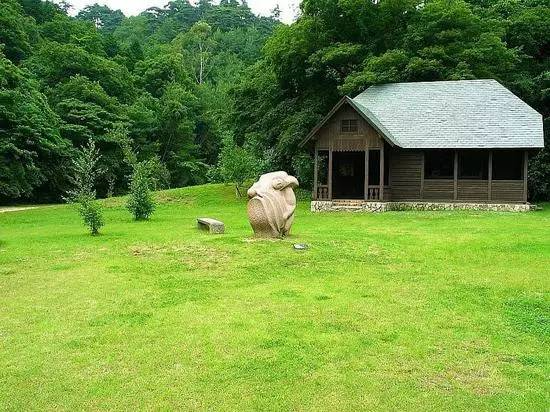Plant configuration for temple garden landscape
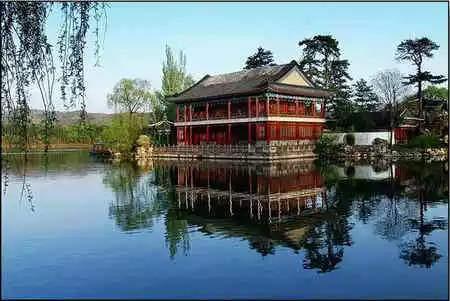
Temple gardens are a unique type of classical gardens, mainly referring to the affiliated gardens of Buddhist temples and Taoist temples, and also including the garden environment of the inner courtyards and the outer areas of temples. The atmosphere of the temple garden environment depends largely on the creation of plants. It has the functions of both a religious activity place and a garden for sightseeing, and is a combination of religious architecture and garden environment. Therefore, its plant configuration not only follows the principles and methods of classical garden plant configuration, but also has a unique personality, which is specifically manifested in the attitudes of Confucianism, Taoism, and Buddhism towards nature, the relationship between temples and plants, the method of configuring temple garden plants, and the characteristics of selecting temple garden plants.
The configuration of plants varies depending on the function of the building environment. Generally speaking, the courtyards of the main halls in temple gardens are mostly planted with pine, cypress, camphor, ginkgo , horse chestnut and other tree species with upright posture, twisted branches and ancient trunks, lush leaves and dense shade to highlight the solemnity and mystery of religion. At the same time, it also objectively enriches the facade effect of the building. For example, the tall ginkgo and horse chestnut trees are planted on both sides of the majestic Main Hall of Beijing's Tanshi Temple, the ancient and towering camphor trees are arranged in front of the screen wall of Hangzhou Lingyin Temple , and the towering liquidambar form outside the hall create a solemn and harmonious atmosphere.
Many temple gardens have pagoda courtyards. The greening of the pagoda courtyards should better reflect their functions of worship and contemplation. Therefore, pagoda courtyards often use horse chestnut, cypress , camphor, etc. as the main tree species, and are appropriately embellished with flowering shrubs. For example, horse chestnut is often used in temple pagoda courtyards, and its tower-shaped inflorescence is extremely harmonious with the pagoda courtyard environment.
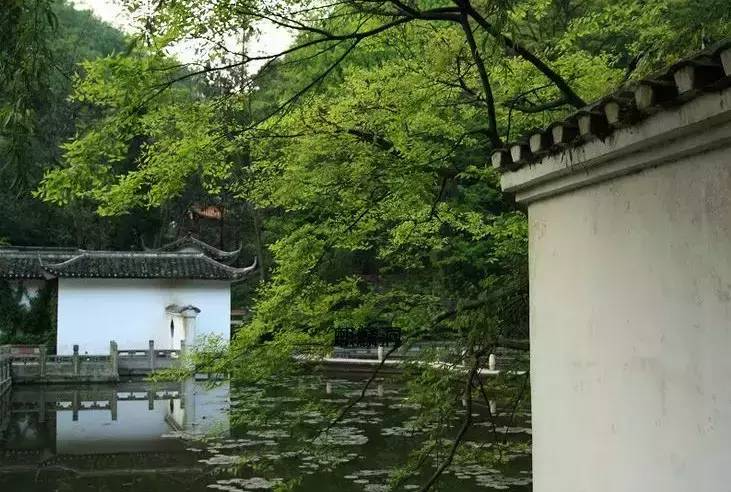
As the religious nature of the temple gradually weakens, poetic and picturesque flowers and trees of all seasons are planted in the secondary halls and living quarters to reflect the profound artistic conception of the flowers and trees in the Zen room. In the abbot's courtyard of Jietai Temple, there are many flowers and trees with different postures, mainly lilac, peony, honeysuckle , pearl bush , crape myrtle , cherry blossom , etc. In addition, there are sturdy and tall ginkgo trees and several tall and straight pines and cypresses, giving people a pleasing and refreshing feeling.
The Cuiyue Hall courtyard of Hupao Temple in Hangzhou uses osmanthus and magnolia as the main tree species , with red maple and other colorful leaf trees interspersed, and sedge grass planted underneath, highlighting the changes of seasons and making the courtyard more natural and interesting.
Some temple gardens have separate gardens, and their plant landscaping is designed to create an elegant and pleasant space. For example, the Biyun Temple in Xiangshan has a courtyard called Shuiquan Courtyard in the north. Clear springs flow out from the rocks and gather in a pool, and the Shuiquan Courtyard garden was opened up because of the water. The courtyard is covered with ancient trees and towering ancient cypresses, and is dotted with gurgling springs, pavilions, and small bridges, forming a quiet courtyard garden with changes.
Most garden temples are built in natural mountains and forests, giving them the charm of living in the wild. They are mostly surrounded by mountains and shaded by trees, the so-called " ancient temples buried in the mountains " . They generally maintain their mountain and forest landscapes and are rarely artificially decorated. Take Biyun Temple for example. There are mostly pine, cypress, locust, elm, ginkgo, maple, and cotinus on the mountain . In late autumn, the frost turns red, and the mountain and forest temples look even more beautiful against the backdrop of these vegetation.
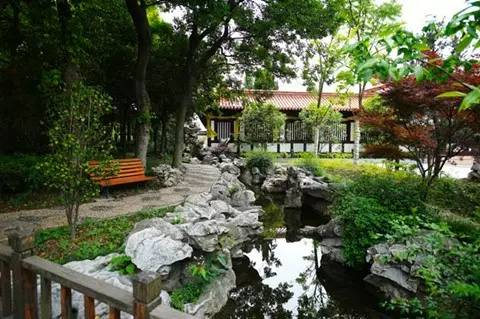
The water bodies in temples are mostly square pools. Generally, trees are not planted beside the pools, but lotus is planted in the pools. For example, the waterscape of Beijing Dajue Temple is the characteristic of the whole temple. The diversion spring flows around the steps, and the flowers and trees are lush and decorated with bamboo and stone. The square merit pool is planted with red and white lotus. The release pool of Beijing Reclining Buddha Temple is also planted with lotus. The characteristic of Huanglong Cave in Hangzhou is that the weight of the garden is much greater than that of the religious building . The pool is natural, and the bank is planted with azalea , Nandina domestica , camellia, peach leaf coral , palm , camphor , maple , magnolia , sand ash, etc., showing the quietness and simplicity of the pool area.
Temples are often surrounded by towering ancient trees and lush greenery. In order to attract pilgrims and tourists to worship, the entrance road guide is arranged in a unique and original way, that is, the incense road for worshipping Buddha is transformed into a landscape prelude by using garden means, and the natural scenery is transformed into a garden landscape.
The bamboo path of Yunqi Temple in Hangzhou is about 800 meters long, winding through the dense bamboo forest. With the undulating terrain, trickling streams and garden buildings, it forms a bamboo path landscape of " thousands of bamboos rustling on both sides of the path, and charming and secluded bamboos in the deep clouds and valleys " . It naturally creates a feeling of depth, beauty, elegance and tranquility of " thousands of green bamboos towering into the sky " .
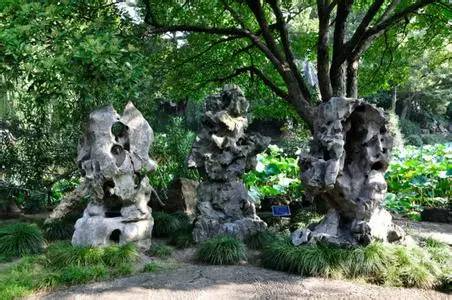
Most mountain temples are located in beautiful mountain forests with rich natural vegetation. The garden environment of the temple fully reflects the theme of " Zen Forest " . For example, Tanshi Temple is covered with green mountains, with many tree species and different postures, and dotted with green bamboos and famous flowers, making the ancient temple appear auspicious in solemnity and charming in verdant green. Biyun Temple is located in the verdant West Mountain, making full use of natural vegetation to create a quiet and elegant environment, providing a good natural environment for Zen masters to achieve the spiritual realm of " not being bound by things, being free and at ease " .
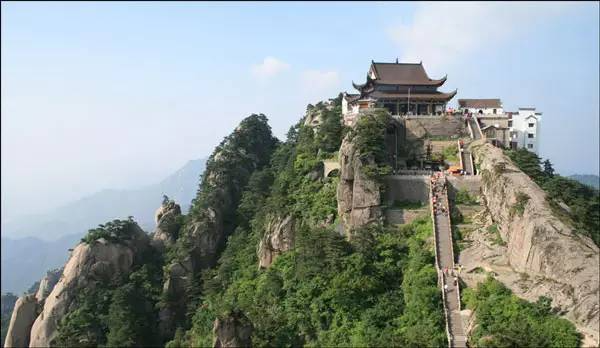
Temples not only pay attention to the greening of the surrounding environment, but also pay great attention to the greening of the garden. " Looking at a tree in the garden, you can imagine thousands of forests ." The garden plant landscape is often used as a natural object for monks to realize the truth. They use this limited courtyard space to lead to an infinite space realm. There is a couplet in the Baoguo Temple in Mount Emei: " Green bamboo and yellow flowers are all Buddha nature, white clouds and flowing water are Zen mind " , which regards flowers and bamboo as Buddha nature.
Temple gardens combine religion and recreation, so the plant configuration must meet the functional requirements of both aspects. In the courtyards where Buddhist ceremonies are held, many tree species related to the Buddhist capital are planted [3] , such as bodhi trees, horse chestnut trees, ginkgo trees, pines and cypresses, etc., which are consistent with the mysterious atmosphere of Buddhism. For example, the ancient pines in Jietai Temple have a long-standing reputation, and the ten famous pines are widely chanted as " the ten pines are solemn and unique, each towering into the sky and competing with the dark blue sky ." Horse chestnut trees bloom upright and dense white flowers in early summer, which look very much like strings of small jade pagodas, giving them a mysterious color. Therefore, they are widely used in temples, such as Biyun Temple, Tanshi Temple, Reclining Buddha Temple, Fayuan Temple, etc.
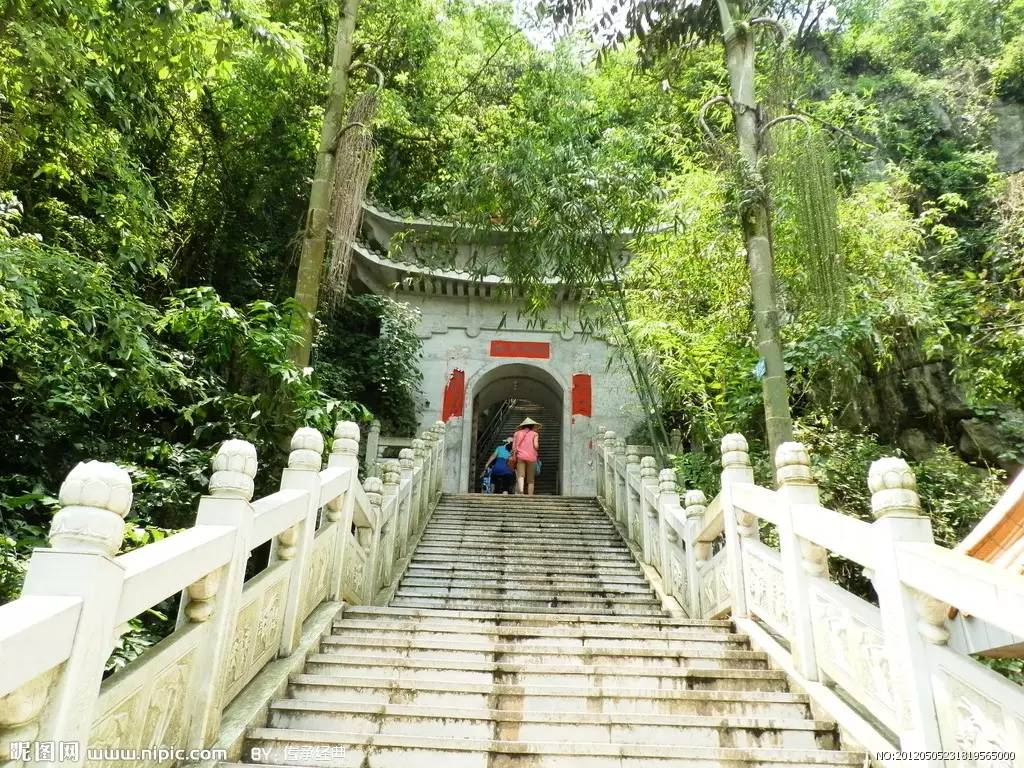
Almost all temples have pine trees planted, and most of them are planted alone to appreciate their vigorous and simple artistic conception, such as the Nine Dragon Pine at Jietai Temple. This tree has nine branches on one trunk with scales on it, just like nine dancing dragons, as if they are about to fly into the sky. Others include the Sleeping Dragon Pine, the Moving Pine, the Free Pine, etc., each tree has its own unique appearance.
Most temples have a central axis, so the arrangement of planting in pairs is often seen in the courtyard to reflect its solemnity. For example, in the courtyard of Tanshi Temple, there is a horse chestnut tree planted on each side, with a majestic posture. This not only reflects the religious implication, but also strengthens the central axis of the building.
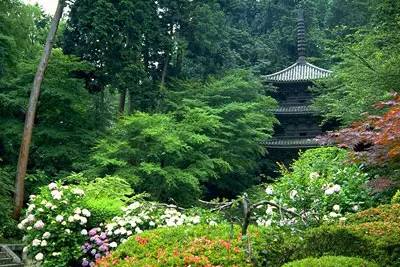
Temple gardens often use natural vegetation to highlight the Zen landscape, so they must adopt a cluster planting method, and are often dominated by trees, shrubs, and bamboos, such as the Chinese toon forest in the Lingyin Temple in Hangzhou and the bamboo forest in the Yunqi Temple. The purpose is to create a temple atmosphere of " winding paths leading to secluded places, Zen rooms surrounded by flowers and trees . "
Generally speaking, from the perspective of the overall planning of the temple, the green area should be larger than the building area, so that the overall momentum can produce a magnificent greening effect. For example, Baoguo Temple in Mount Emei and Shengshui Temple in Mianyang are both representatives.
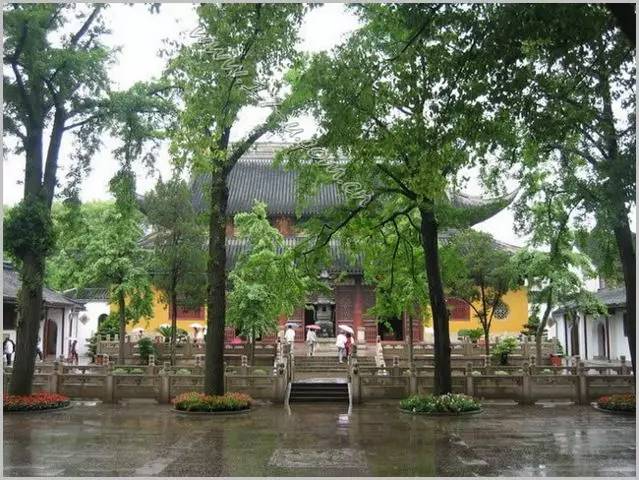
The characteristics of temple gardens, which combine religion and entertainment, determine that they must have their own characteristics in the selection of garden plants. Some temples even choose local native tree species to name the temples.
Plants are the embodiment of natural life, so the natural scenes such as mountains, rivers, flowers and trees are often used by Zen masters to imply the state of Zen, so-called " green bamboo is always the Dharma body, and the lush yellow flowers are nothing but Prajna " . Since plants have the functions of enriching the temple garden landscape and facilitating enlightenment, the temple has its own particularity in the selection of plants. Since the distribution of temples varies greatly, the selection of plants is bound to be restricted by ecological conditions and climatic conditions. In temple gardens, there are many horse chestnuts , ginkgo, banyan trees, honey locusts, cryptomeria, Chinese pine , juniper , locust, lotus, apple, crabapple, lilac, persimmon , bamboo, cypress , white pine, winter jasmine , brocade, etc.
Since roses and peach blossoms represent women, they are not planted in temples. In addition, Buddhism stipulates that thorny plants represent worldly disputes and are taboo in temples. In addition, irritating plants such as onions, garlic, and ginger are also prohibited in temples.
Temple gardens also often use some foliage plants and ground cover plants, such as banana, hosta, ophiopogon, and bookworm, which are very harmonious with the temple environment.
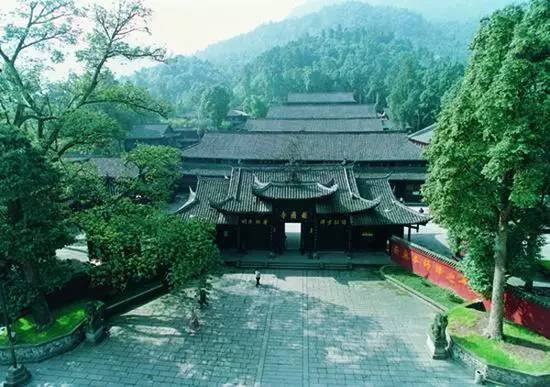
With the accelerated pace of social development, the gardening industry has gradually matured. In the history of gardening development with thousands of years, temple gardens once occupied a very important position among the four major garden types in ancient times and had a glorious history. However, in the rapidly developing modern society, less and less attention is paid to temple gardens, so that the essence of temple gardens is ignored or even destroyed. As staff engaged in the gardening industry, we should shoulder the responsibility of protecting precious resources, deepen research, absorb the worship and love of nature in temple gardens, carry forward their essence, and promote the further development of the gardening industry.
